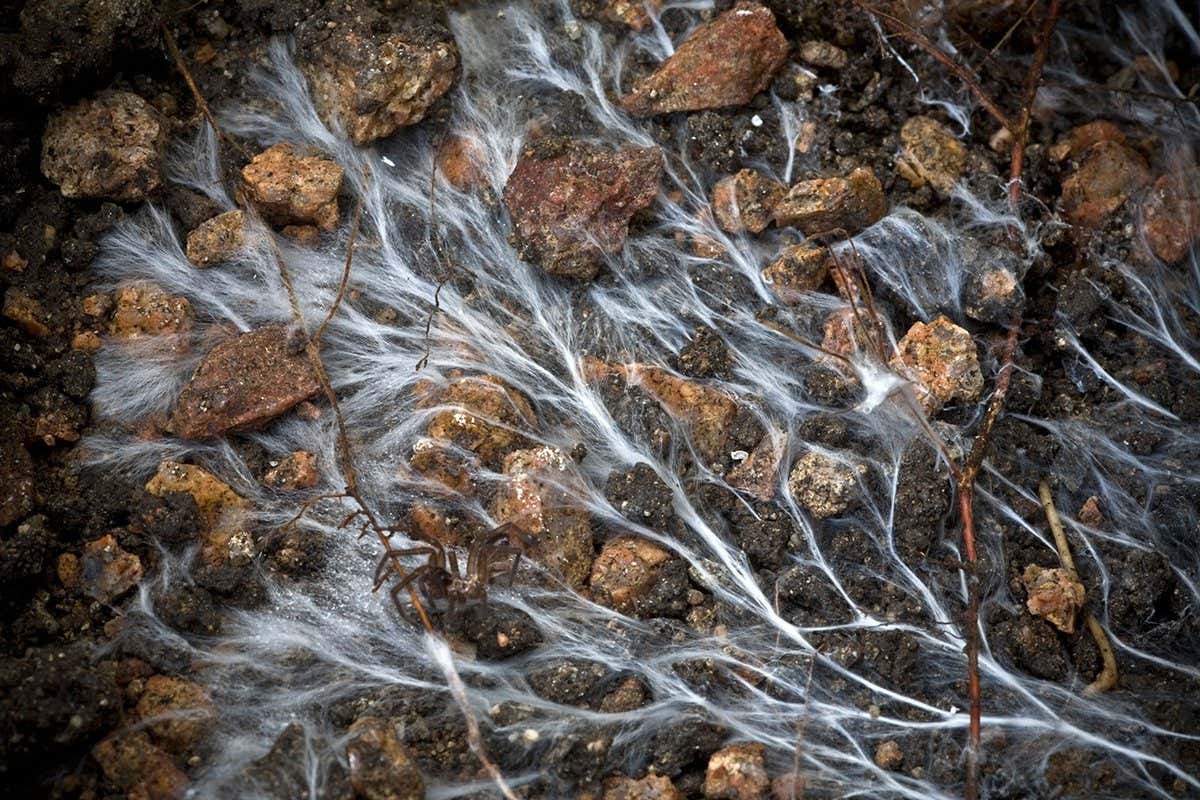Soil Fungi & Trees: A Carbon Capture Solution – Nature's Secret Weapon Against Climate Change?
The climate crisis demands urgent action, and while technological solutions are crucial, nature itself offers powerful tools. One such solution lies beneath our feet: the symbiotic relationship between soil fungi and trees, a potent force in carbon capture and storage. This article delves into this fascinating natural process and explores its potential in mitigating climate change.
The Unsung Heroes of Carbon Sequestration:
Trees, of course, are well-known for their ability to absorb atmospheric carbon dioxide (CO2) through photosynthesis. However, a significant portion of the carbon captured by trees isn't stored solely within their woody biomass. A substantial amount is transferred to the soil via decaying leaves, roots, and other organic matter. This is where soil fungi play a critical role.
Mycorrhizal Networks: Nature's Underground Highways:
Mycorrhizal fungi form intricate networks of hyphae (thread-like structures) that connect tree roots, creating a vast underground communication and transportation system. These networks, often referred to as the "wood wide web," facilitate the transfer of nutrients and carbon between trees and the soil.
- Enhanced Carbon Storage: Mycorrhizal fungi break down organic matter, releasing nutrients for tree growth and simultaneously trapping carbon in stable forms within the soil. This process significantly increases the soil's organic carbon content, a crucial component in long-term carbon sequestration.
- Improved Soil Health: The presence of these fungi improves soil structure, water retention, and overall soil health. Healthier soils are more resilient to climate change impacts like drought and erosion.
- Increased Tree Resilience: The symbiotic relationship strengthens the trees' resilience to environmental stresses, enhancing their ability to grow and absorb more CO2.
The Potential for Climate Change Mitigation:
The potential of leveraging this natural process for carbon capture is enormous. Research suggests that enhancing mycorrhizal networks through sustainable forest management practices could significantly boost soil carbon sequestration. This includes:
- Reducing soil disturbance: Minimizing tillage and other practices that disrupt soil structure preserves existing fungal networks.
- Promoting biodiversity: Maintaining a diverse range of tree species and other plants supports a rich and robust fungal community.
- Protecting existing forests: Preventing deforestation is crucial, as it directly impacts the carbon storage capacity of both trees and soil.
Challenges and Future Research:
While the potential is significant, challenges remain. Further research is needed to fully understand:
- The specific mechanisms of carbon transfer and storage: A deeper understanding will allow for targeted interventions to maximize carbon sequestration.
- The long-term stability of soil carbon: Ensuring that the captured carbon remains locked away for centuries is essential.
- Scalability and application: Developing effective strategies to apply this knowledge on a large scale is crucial for achieving meaningful climate impact.
Conclusion: A Promising Path Forward:
The symbiotic relationship between soil fungi and trees offers a promising natural solution to climate change. By supporting healthy forests and understanding the intricate processes involved in carbon sequestration, we can harness nature's power to mitigate climate change and build a more sustainable future. Further research and investment in this area are critical for unlocking the full potential of this natural carbon capture solution. Protecting and restoring our forests is not just an environmental imperative, it's a vital strategy in our fight against climate change.
Further Reading:
Call to Action: Learn more about sustainable forestry practices in your area and support organizations dedicated to forest conservation. Every action, no matter how small, contributes to a healthier planet.

